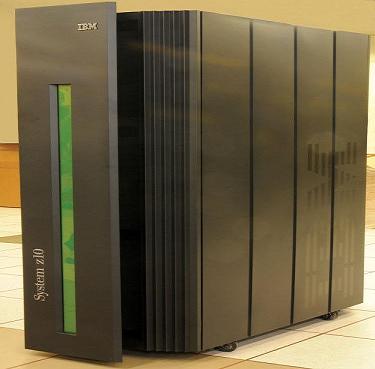SMP/E
System Modification Program/Extended
 Please! Verify all details or
suggestions with the appropriate vendor and / or vendor's manuals. Please! Verify all details or
suggestions with the appropriate vendor and / or vendor's manuals.
Overview of SMP/E
SMP/E is the basic tool for installing and maintaining software in z/OS
systems and subsystems. It controls these changes at the element level
by:
- Selecting the proper levels of elements to be installed
from a large number of potential changes
- Calling system utility programs to install the changes
- Keeping records of the installed changes
SMP/E is an integral part of the installation, service, and
maintenance processes for z/OS software products and product packages,
such as CBPDO, ProductPac, RefreshPac, and selective follow-on service
for CustomPac. In addition, SMP/E can be used to install and service
any software that is packaged in SMP/E system modification (SYSMOD)
format.
SMP/E can be run either using batch jobs or using dialogs
under Interactive System Productivity Facility/Program Development
Facility (ISPF/PDF). SMP/E dialogs help you interactively query the
SMP/E database, as well as create and submit jobs to process SMP/E
commands.
IBM website
SMP/e Zones
SMP/E data sets for inventory,
zones, and libraries
z/OS system installation and maintenance
To install z/OS® elements in target and distribution
libraries, SMP/E uses a database made up of several types of data sets.
SMPCSI (CSI) data sets are VSAM data sets used to control the
installation process and record the results of processing. A CSI can be
divided into multiple partitions through the VSAM key structure. Each
partition is referred to as a zone.
There are three types of zones:
A single global zone is used to record information about SYSMODs that
have been received into the SMPPTS data set. The global zone also
contains information enabling SMP/E to access the other two types of
zones, information about system utilities that SMP/E calls to install
elements from SYSMODs, and information allowing you to tailor SMP/E
processing.
One or more target zones are used to record information about
the status and structure of the operating system (or target) libraries.
Each target zone also points to the related distribution zone, which
can be used during APPLY, RESTORE, and LINK when SMP/E is processing a
SYSMOD and needs to check the level of the elements in the distribution
libraries.
One or more distribution zones are used to record information
about the status and structure of the distribution libraries (DLIBs).
Each DLIB zone also points to the related target zone, which is used
when SMP/E is accepting a SYSMOD and needs to check if the SYSMOD has
already been applied.
There can be more than one zone in an SMPCSI data set (in fact, there
can be up to 32766 zones per data set). For example, an SMPCSI data set
can contain a global zone, several target zones, and several
distribution zones. The zones can also be in separate SMPCSI data sets.
One SMPCSI data set can contain just the global zone, a second SMPCSI
data set the target zones, and a third SMPCSI data set the distribution
zones.
Website
JCL
for defining a CSI VSAM data sets
//DEFINE JOB 'accounting info',MSGLEVEL=(1,1)
//STEP01 EXEC PGM=IDCAMS
//CSIVOL DD UNIT=3380,VOL=SER=volid,DISP=SHR
//SYSPRINT DD SYSOUT=A
//SYSIN DD *
DEFINE CLUSTER( -
NAME(SMPE.SMPCSI.CSI) -
FREESPACE(10 5) -
KEYS(24 0) -
RECORDSIZE(24 143) -
SHAREOPTIONS(2 3) -
VOLUMES(volid1) -
) -
DATA( -
NAME(SMPE.SMPCSI.CSI.DATA) -
CONTROLINTERVALSIZE(4096) -
CYLINDERS(250 20) -
) -
INDEX( -
NAME(SMPE.SMPCSI.CSI.INDEX) -
CYLINDERS(5 3) -
) -
CATALOG(user.catalog)
/*
|





